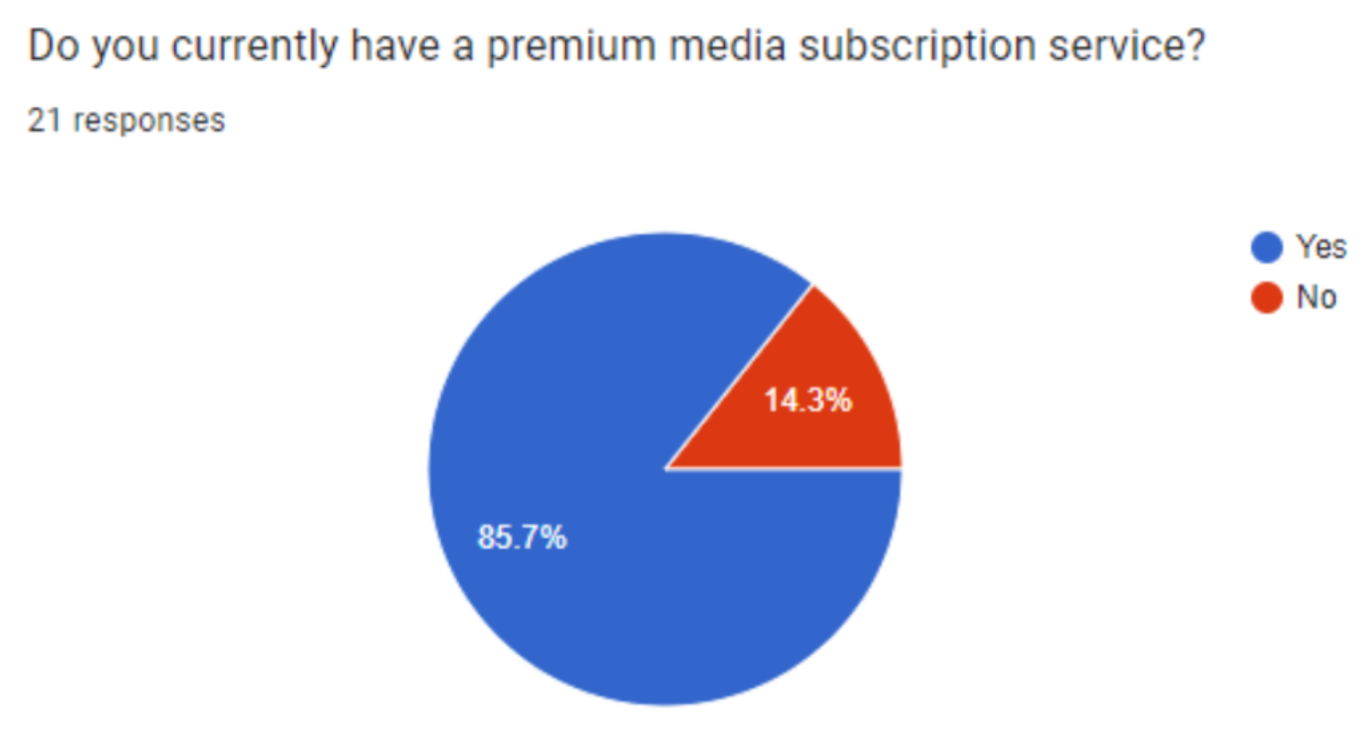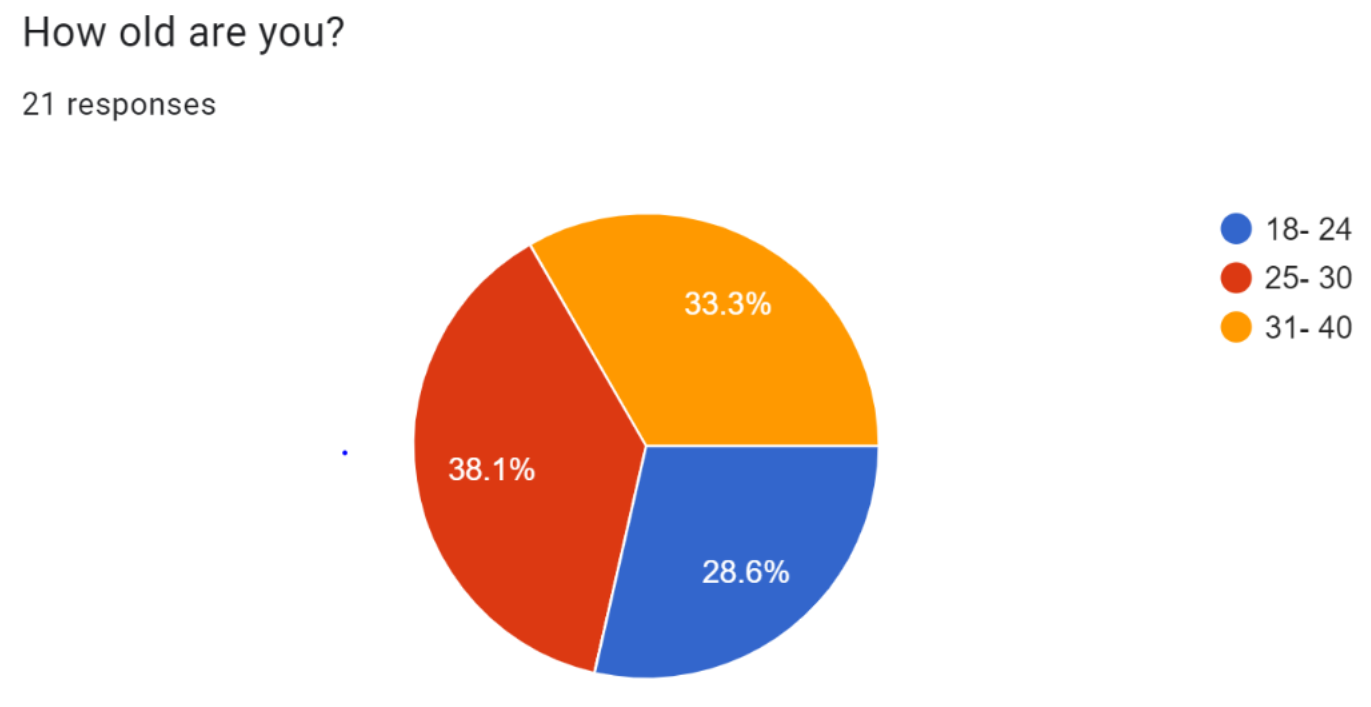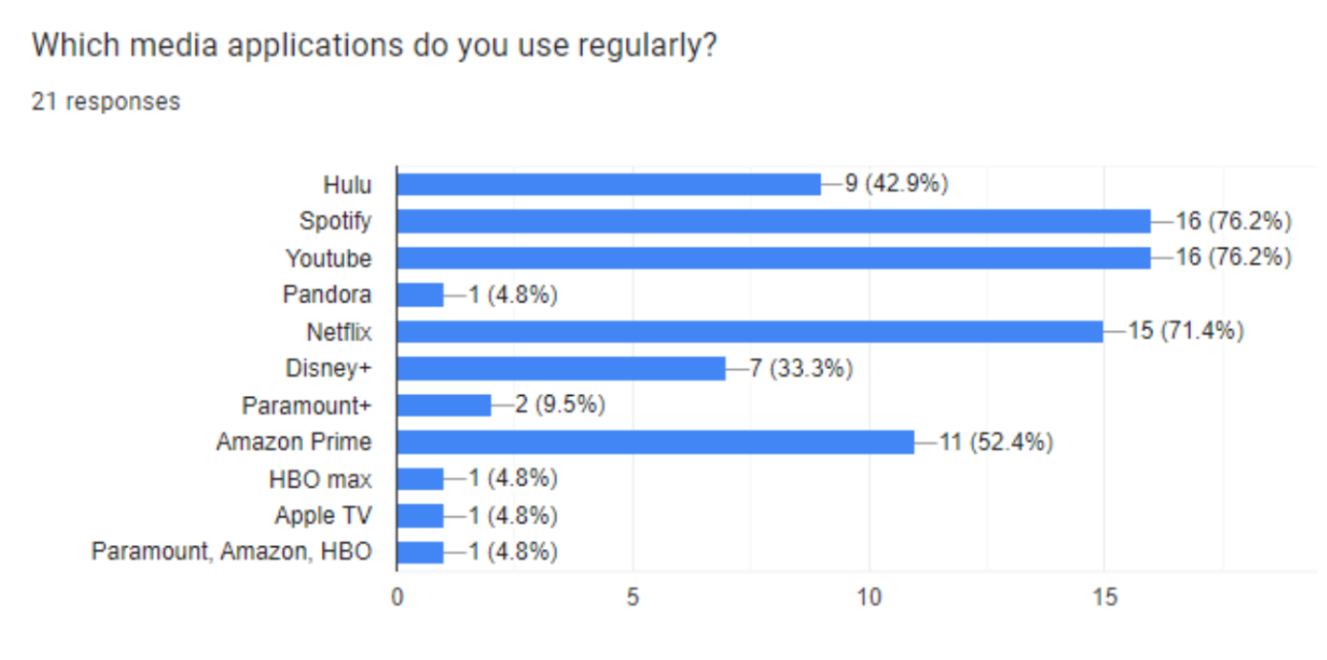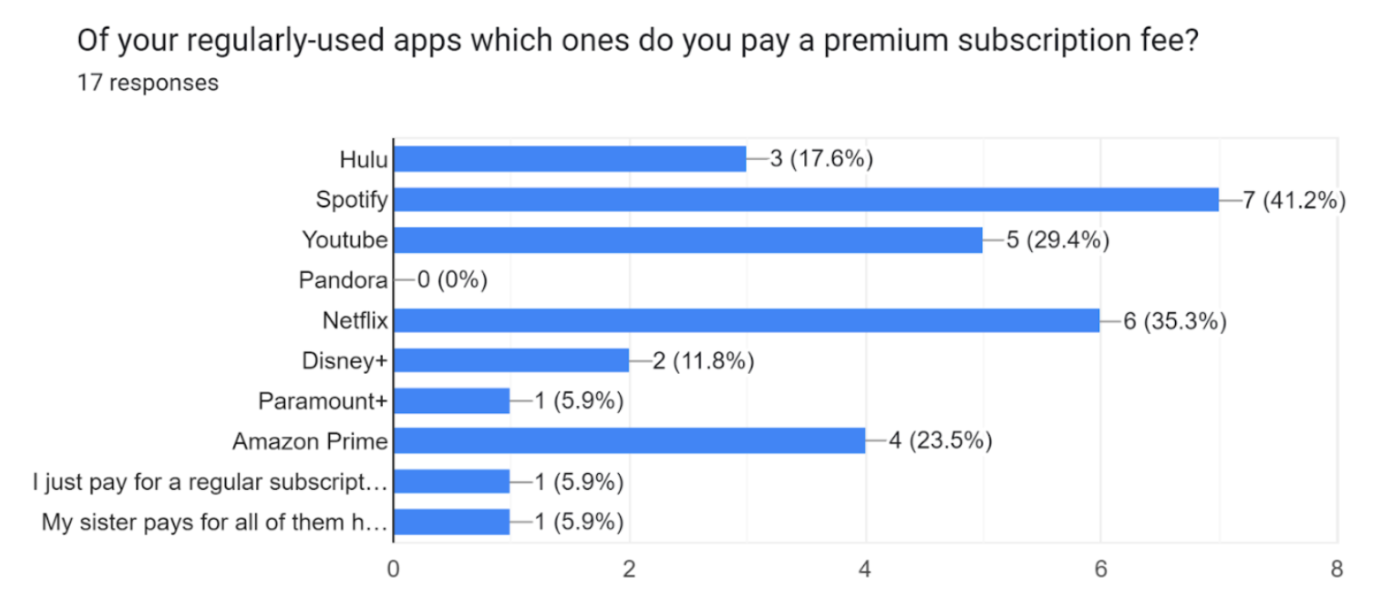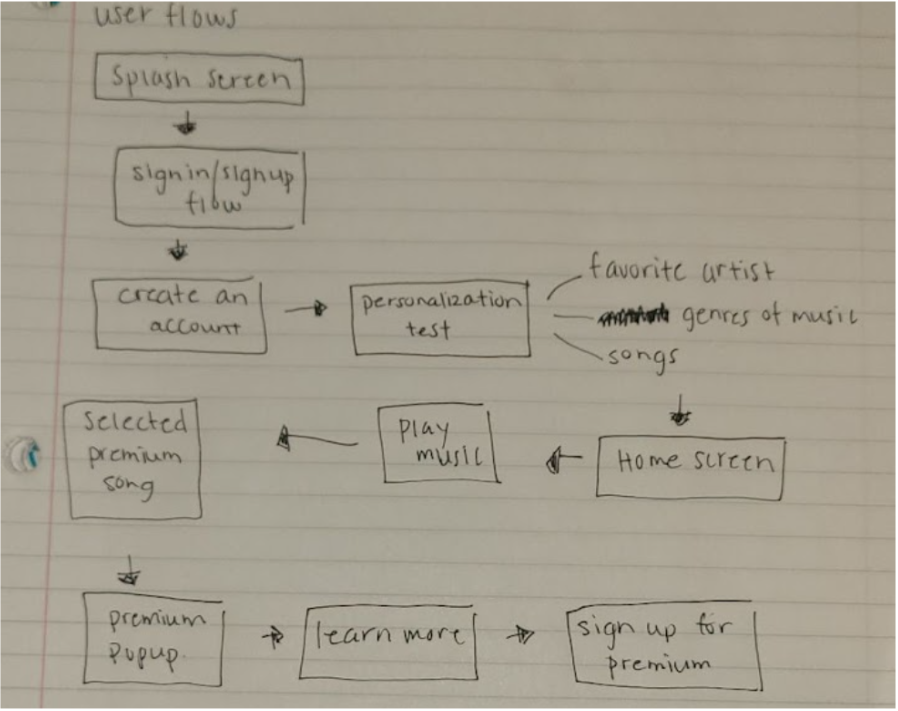MUSE
Application Overview
For this project I was given a company and their goals and was asked to make a prototype that included these goals.
Project Duration
July - August 2022
Tools
Figma
Role
Mobile Developer
Problem Statement
Muse does not have the ability for users to signup for premium services and now wants the ability to monetize on thier product
Project Goals
1. Create the opportunity for new users to subscribe to the premium product upon registration in the signup flow
2. Create the opportunity for returning free users to become paid subscribers in the sign- in flow as well as within the product (once logged in)
Target User
18-24 years old
Very tech-savvy- they are one their phones for several hours a day
Very budget- conscious
This type of media [music,movies,books] is a very important part of thier lives
For this project I was given a some design constraints around the company’s brand.
Brand Personality - uniquely diverse, but somehow always familiar
Brand Attributes- Bold, Hip, Smart
From these constraints came MUSE where you can be your own muse
Qualitative Research
In total there were 21 individuals that took part in the survey for my Capstone 2 screener. The ideal target audience were people aged between 18-24 years old, who loved music and was interested in media subscriptions. This survey was created on google forums and shared with my classmates on Slack.
Survey Conclusion
People believe that media subscriptions are beneficial
The main reasons people pay for Premium are because of no ads, streaming option, exclusive content and family plan
Majority of people are happy with the Premium option of their application
User Flow
Personas
Empathy Mapping
Wireframes
Hi Fidelity Mockups
Where you can be your own muse
Evolution of Screens
Design System
Muse: startup company launched a media product two years ago. It is a freemium model that has a mobile-web experience and a mobile app for both iOS and Android. The company’s business strategy was to first build a user base by offering a free product and then evolve the feature set so they could monetize on a premium (paid) product. At this point, the product has been well received and has a healthy user base of free users. They now need to design an experience that will allow users to subscribe and pay a monthly fee.
Sketches
Below are the sketches from the process of the Crazy 8’s Exercise. This exercise helps get all ideas out in the beginning and allows you more freedom when brainstorming.
Crazy 8’s Exercise: You have 8 mins to draw out 8 potential screens, and then you stop and review what you drew
Prototype
Next Steps
Add more interactive features
Increase difficulty of animations and transitions
If given more time I would like to set up interviews with potential users of Muse
Reflections
Designing an app for ages of 18-24 and a media application was something very different than I had ever done, but loved working on it. There are many applications like Muse but the apps I was most inspired by were the UX of YouTube Music and the UI of Spotify. Together these applications created the inspiration of Muse which in my opinion is a lovely application. To start off this project there was a lot of research needed as mentioned above I had not been familiar with this UI or the ability to Hook a user. I found this research fascinating as there was so much out there not just on Hooking a user into wanting something they don’t need, but things about how Music applications ex: Spotify are working to include videos. This could be big if they had reach in both the media and the video industry. Another section was about how subscriptions are completely changing the world, especially premium subscriptions.
Difficulties
Something that I found hard was getting everything done in the time I had allotted myself. Whenever I had freetime you would find me researching transitions, animations and finding inspiration for the UI of Muse. The most difficult part of this project was finding users to test my application. I had no incentive to test except to give help, advice or return the favor and test their app and I had very little to no response. This worried me as I have such a hard deadline to get the prototype done by.
What I learned
Something I learn is that there is always going to be something that you want to add, you just have to find the solution you’re looking for to move forward with your project. If you keep on looking for more ways to solve your problem you will be designing and researching for what could be a very long time. I learned that there are so many benefits to stepping outside of your comfort zone every once in a while. I loved researching how to Hook the user into wanting something that they did not truly need, this research was fascinating to me!


